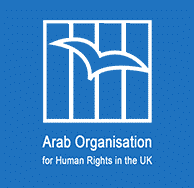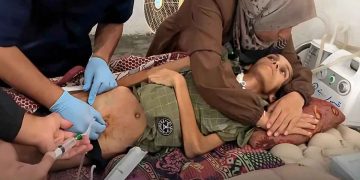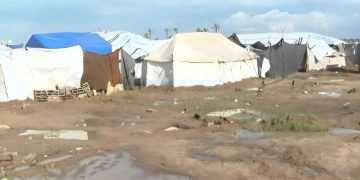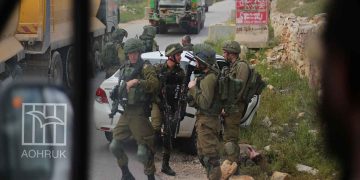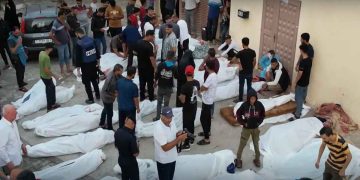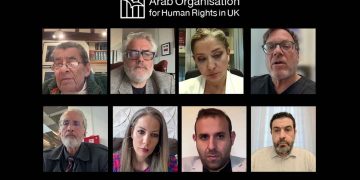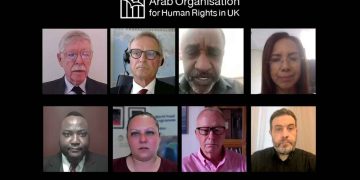Amid relentless bombardment and an acute humanitarian crisis, civilians in Gaza are risking their lives to obtain food, crawling on open ground under direct fire in a desperate effort to feed their families. Eyewitness accounts collected by the United Nations Relief and Works Agency (UNRWA) describe scenes of displaced persons being shot at while attempting to reach aid distribution centres in southern Gaza, highlighting the severe conditions under which survival has become a life-threatening act.
Since 27 May, Israeli forces have reportedly enforced a controversial aid mechanism operating outside UN supervision. According to humanitarian agencies and eyewitnesses, this new system has led to the direct targeting of civilians at aid sites and is perceived by many as part of a broader strategy aimed at displacing populations from northern to southern Gaza. The distribution points, rather than offering relief, have become focal points of violence and insecurity.
Humanitarian officials describe the current distribution method not as a logistical failure but as a deliberate policy using hunger as a weapon of war. Civilians must now choose between crawling under gunfire for a handful of flour or facing starvation. Death by dehydration, malnutrition, or direct attacks is a constant threat as movement across Gaza becomes increasingly perilous.
Official figures from Gaza’s media office indicate that since the implementation of this distribution method, at least 110 civilians have been killed and 583 injured by Israeli fire near aid locations. These figures add to the staggering toll of the ongoing assault, which, as of June, has resulted in over 180,000 civilian casualties, including a significant proportion of women and children, and more than 11,000 reported missing.
The situation is further compounded by the near-total collapse of the healthcare system. Hospitals are operating without electricity, medicine, or adequate staff, and road blockades prevent the injured from accessing care. The UN estimates that Gaza requires at least 500 aid trucks daily to meet basic needs, but the current blockade allows only a fraction of that to enter.
Since 7 October 2023, the Israeli military campaign in Gaza has been marked by mass displacement, widespread destruction of civilian infrastructure, and systematic deprivation. According to humanitarian observers, approximately 1.5 million people—more than half the population—have been forcibly displaced. Starvation, once an indirect consequence of war, is now cited as a direct result of policies that restrict food access and target aid efforts.
Despite rulings from the International Court of Justice calling for an immediate halt to hostilities, military operations continue with political and military backing from powerful international actors. Human rights organisations warn that what is occurring in Gaza constitutes not merely a humanitarian catastrophe, but a crime of genocide with all its legal components—carried out in full view of the world.
The enforced choice facing Gaza’s civilians—between crawling under fire or facing death from hunger—is a chilling marker of how deeply humanitarian protections have eroded. With food used as a weapon and relief centres turned into lethal zones, the basic tenets of international humanitarian law are being systematically dismantled. As the death toll rises and famine looms, the silence from key global actors remains deafening.
